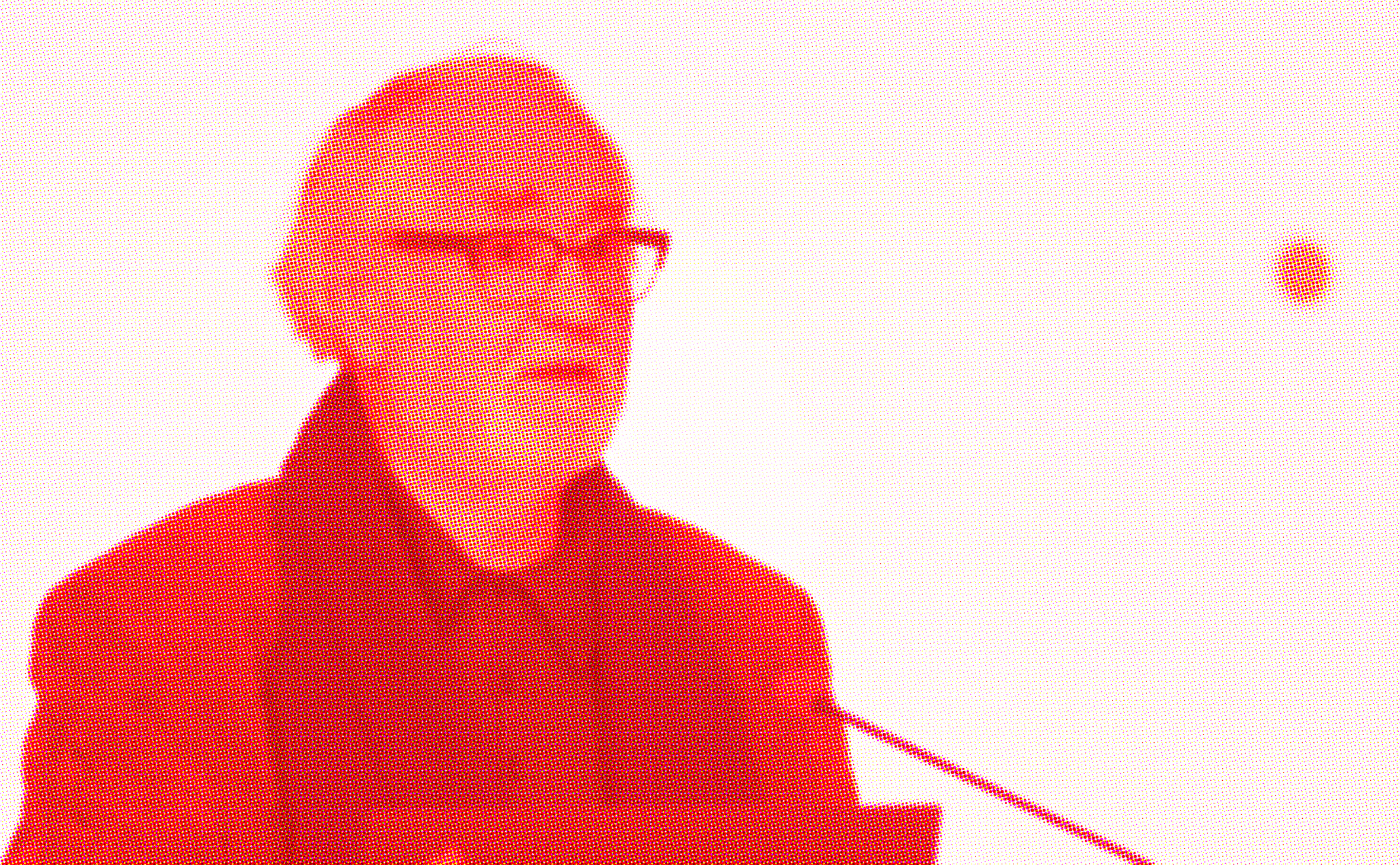
“Existential outsideness involves a self-conscious and reflective uninvolvement and alienation from people and places, a homelessness, a sense of unreality of the world, and not of belonging.”
(Edward Relph)
“Works of art are of an infinite solitude.”
(Rainer Maria Rilke)
We usually think of loneliness as a singular situational, social or mental experience of being detached from place, domicile, or other human beings. However, there are two modes of loneliness; one is due to external causes, while the second arises from internal mental causes. In all cases, loneliness is a subjective experience of feeling disconnected, un- and uprooted, and without interaction with the world. This understanding seems to be the implied meaning of the notion of “loneliness.” In addition to signifying structural, spatial and social exclusion, loneliness can also be a mental condition, a psychic incapacity to experience being placed and connected, and this could be called “mental homelessness.” Both cases are involuntary and undesirable detachments from the culturally and socially shared space. Place and placeness are fundamental conditions of human consciousness, as already Aristotle argued. Everything is necessarily always placed in the human world. Architecture structures and articulates the placedness of our experiential world.
Read the full article here.
